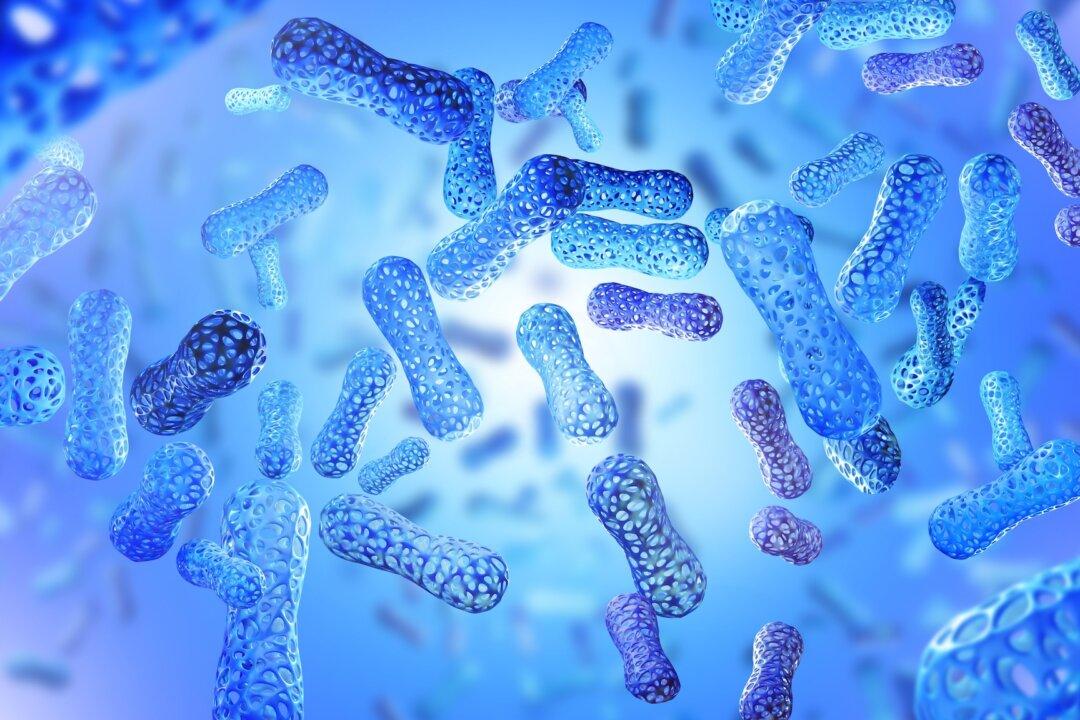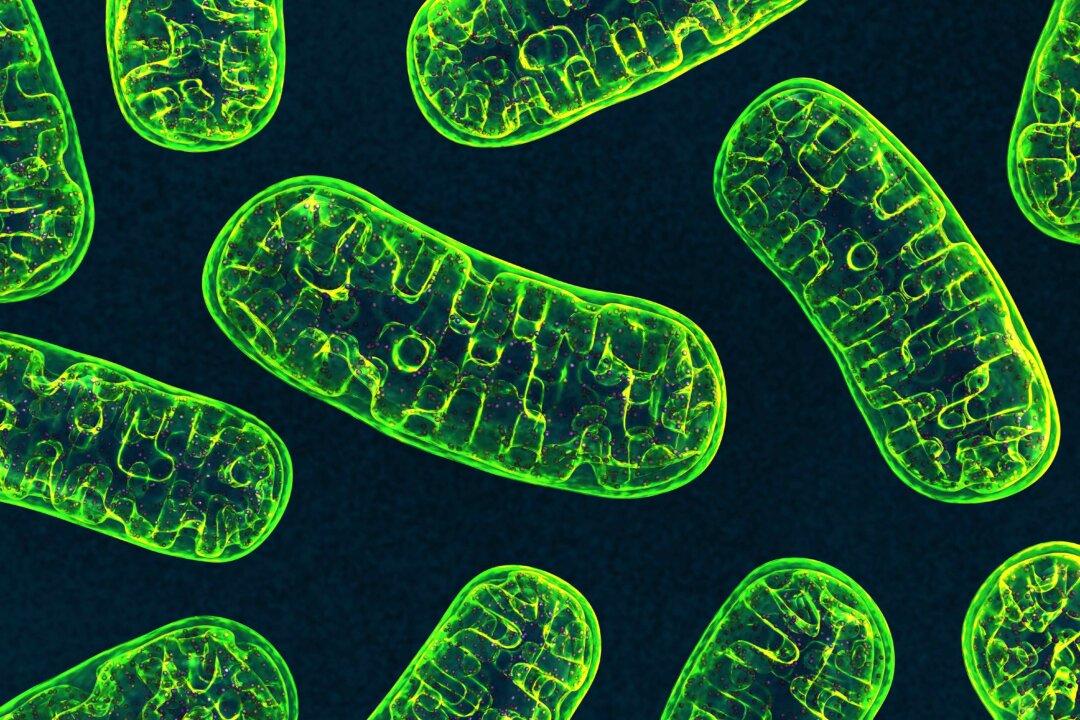Over the past several decades, doctors and researchers have accumulated evidence that our gut microbiome has far-reaching effects on our mood, immune system, and many other aspects of our well-being.
Most recently, researchers have found that reducing the growth of “bad” bacteria may reduce the plaque buildup in arteries that leads to heart attacks and strokes.






